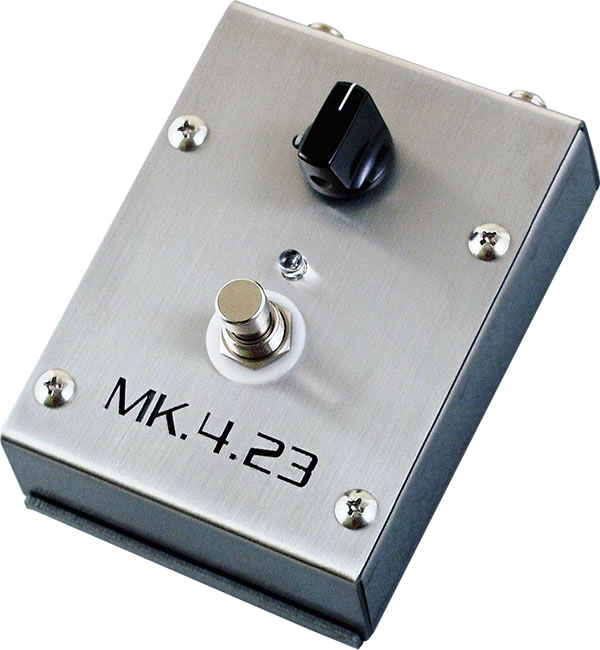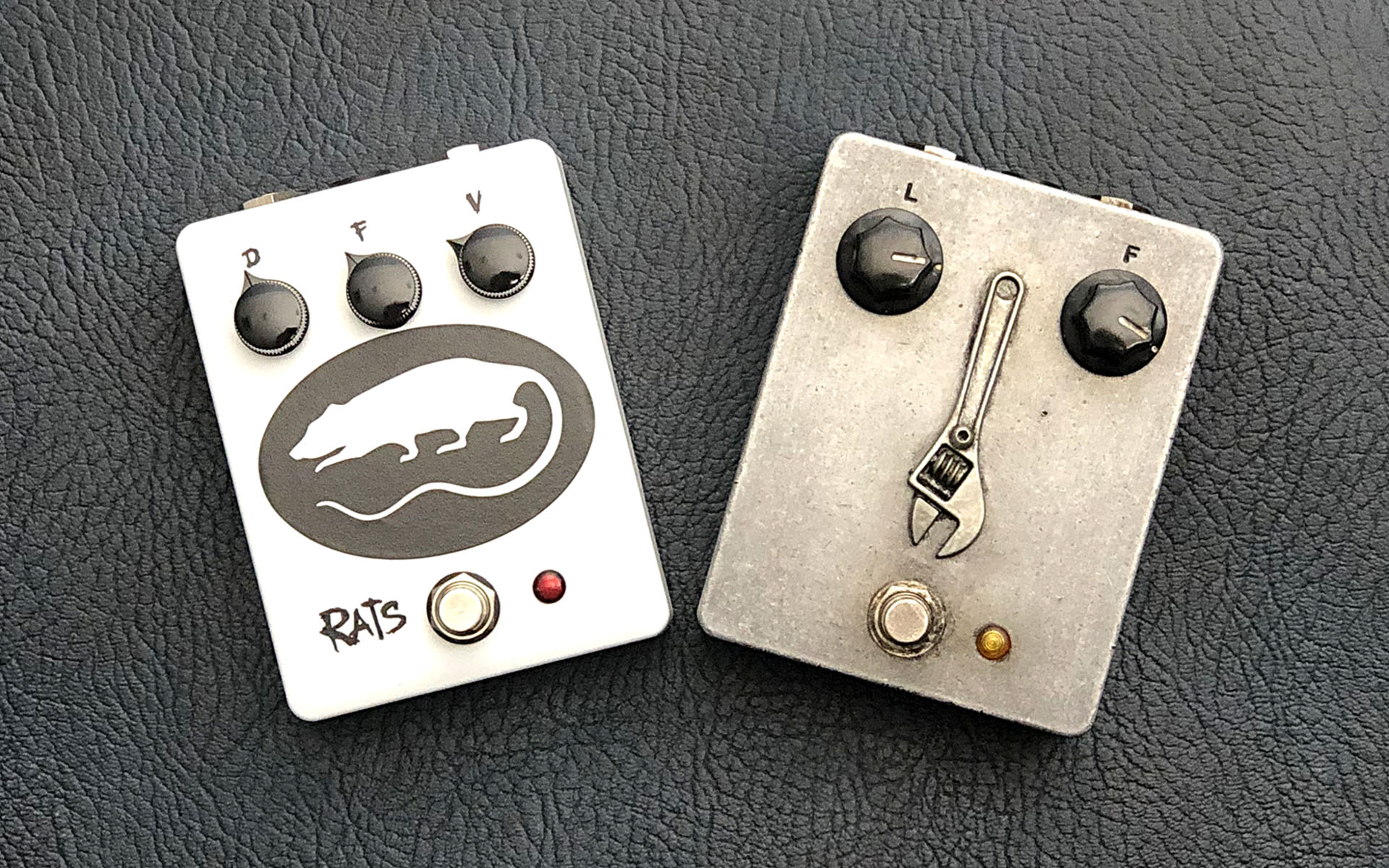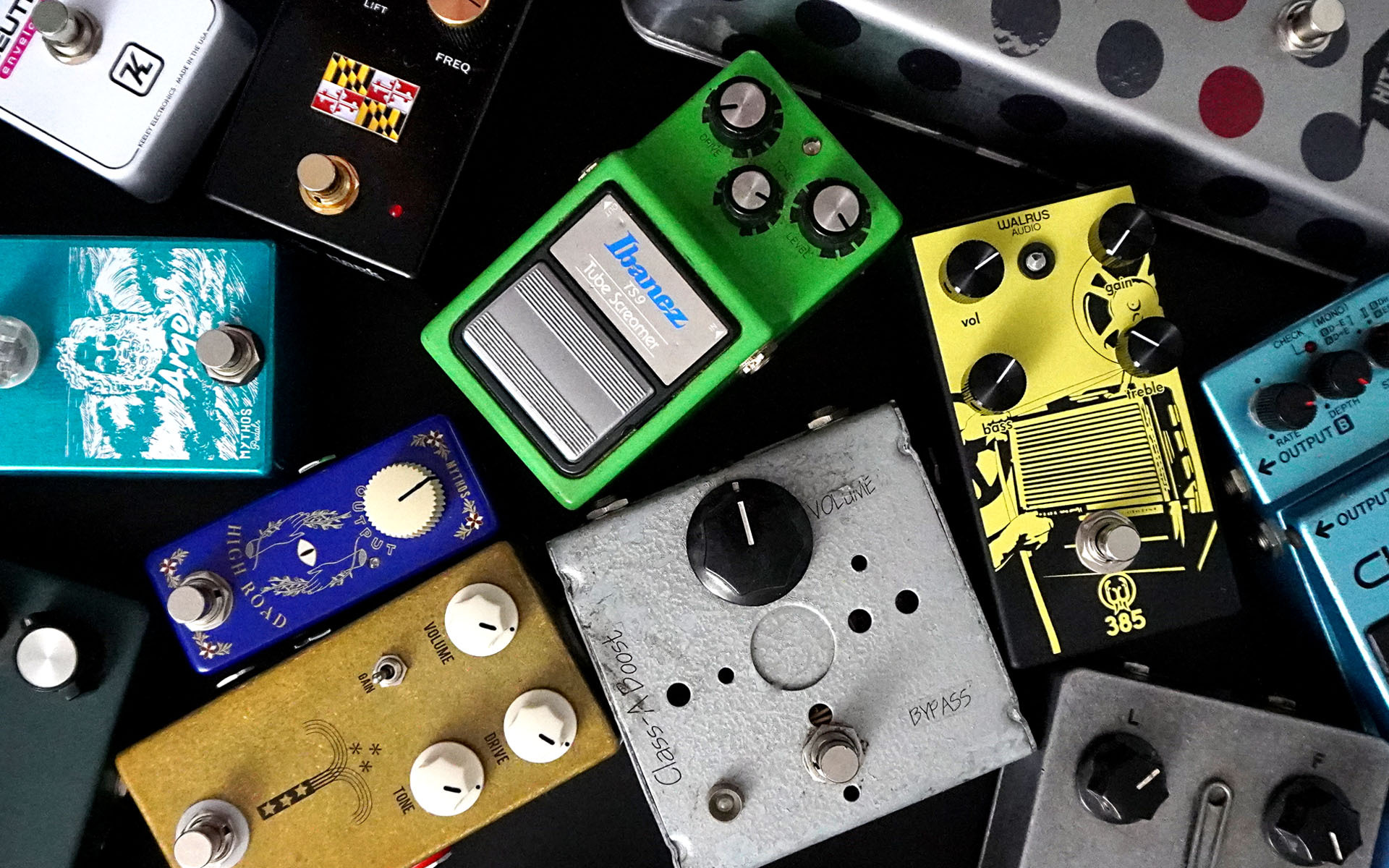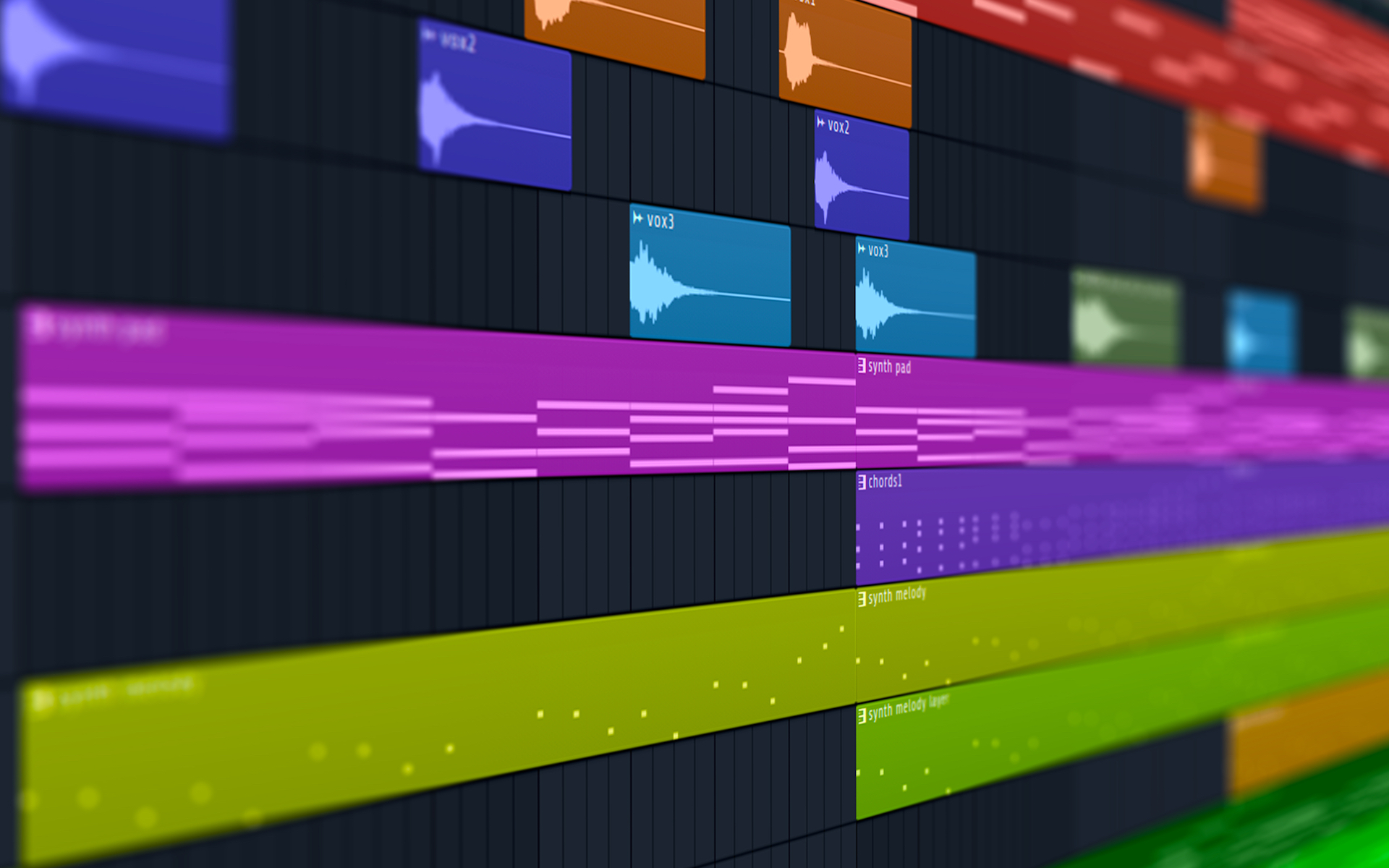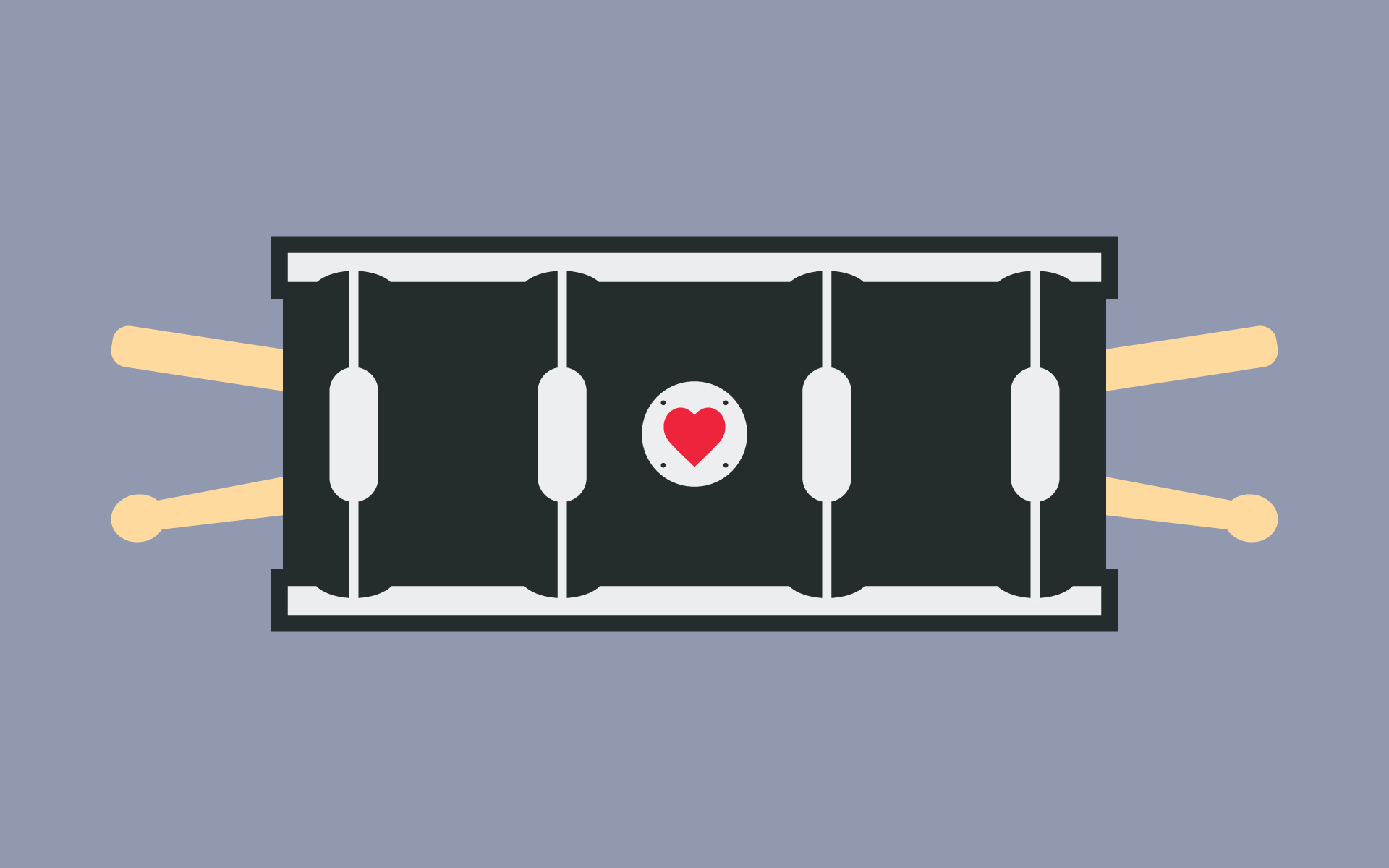In this post, we’ll talk about the idea of some kind of boost and moderate EQ to the pure guitar signal. We hear the marketing buzzword “transparency” all the time. This means that the original sound of the guitar is still apparent through the effect pedal. Some of us might be lucky to find the axe of our dreams that works in all of our playing situations. Others might have many different guitars for many different songs. The choice might warrant some thought about the way you decide to brand yourself as an instrumentalist.
The multi-axe/multi-pedal route might be the way to go if you are interested in carving a career out of being the perfect chameleon to each song, style, or project, giving exactly what is needed. This is an extremely valuable skill. Another approach might be to create the kind of sound/brand that is recognizably “you.” Folks hear your playing in the context of a song and say “Hey, isn’t that (your name here) playing on that recording? I’d recognize that tone and playing anywhere!” The choice—if needed—is yours. Regardless of choice, there is a place where clean boosts can always fit into the reality.
TAKE A GUITAR COURSE WITH THADDEUS HOGARTH
I have been drawn to clean boosts lately. At this stage of my career, I am pretty settled on liking certain types of sounds from my Strat. So when it comes to soloing, I just need more of the same that I had for rhythm, maybe with an added amount of “grit” or “hair,” as we say today. In essence, to use the cliche, I need to turn it up to 11.
The preamp section of your (tube) amplifier responds in a completely different way if the input signal is higher or shaped with EQ. This is true especially of those D-style amps.
Here are a handful of the pedals I have owned and used in the context of gigs or recording sessions. As usual, I like to write about gear with which I have had actual hands-on experience.
There is little to say for most of them in terms of comparison, since they do exactly what they say they do, which is boost the original signal without adding much in the way of coloration or unwanted noise. A couple of the pedals have the option of EQ. The pedals on the list below are all very high quality products and I recommend any—or all!—for that extra boost when needed.
Creation Audio Labs MK.4.23
I really love this pedal. Cosmetically beautiful and quiet as a mouse. This MK.4.23 lives up to its name. For those that might not know it, MK.4.23 refers to a verse in the New Testament of Mark that has something to do with “those with ears” and their ability to hear. Because of the quality of the circuitry, the MK.4.23 does not run on a 9-volt battery, so it is not one of the pedals you would throw in the gig bag. However, it does run on your standard 9-volt power supply or multi power supply that you have on your pedalboard, so it fits in perfectly. The fact that all inputs are on the top of the pedal make it wonderful for best use of pedalboard real estate. It gives you a whopping +24db increase in signal without coloring your tone or adding noise. Really high quality stuff here. Check out the video below to hear it!
Fulltone Fat-Boost FB-3
This pedal I love for use in front of my amp. It pushes the amp into sweet OD territory. Depending on how you set it the pedal adds beef, hair and a nice option for bass and treble EQ. In addition to using it as a general boost and “OD” pedal, I often use it at the end of the pedal board chain as a final output volume and EQ control. This setup I find useful in situations where a backline is provided for a gig. Fulltone quality is undeniable, so this pedal is a great choice for the working musician. I have owned previous versions of the Fulltone Fat Boost and this one is by far my favorite.
Keeley Katana
This is one of my favorite clean boost pedals. Beautifully simple design and operation with the control pot on the side of the pedal (this allows you to adjust with your foot). In addition, the pull pot feature allows you to bump the boost up to what I affectionately call “warp drive”:) It gets a little more aggressive/fatter on the EQ without adding too much. The 9-volt battery operation allows you to throw the pedal in your gig bag and pull it out even if you are just sitting in for a song or two. A quality product from Robert Keeley for sure.
Pigtronix Class A Boost
This new pedal from Pigtronix holds up and delivers. A relatively new pedal company, Pigtronix has been garnering a solid reputation for really good pedals. Most of their previous pedals were larger in size. This pedal marks their triumphant entry into the smaller pedal world. The Class A Clean Boost is well made, with solid construction and does what it says very effectively. It provides a Clean boost of 20db and operates on voltage from 9-volt to the included 18-volt supply. The additional voltage gives you more headroom and punch. Very neat and compact and the inputs sit a little lower on the pedal allowing you to place it on your pedalboard beside most other pedals without the usual conflict of plug positions that require more pedalboard space. I use this one on one of my smaller go-to pedalboards for that extra punch when needed.
Source Audio Programmable EQ
One of the coolest little pedals to hit the market in a while, this pedal has become a staple on my pedalboard and given the price point and convenience, and practicality, I think you can understand why: 9v Battery operation, super small footprint, plus or minus 18db of boost or cut of seven frequency bands, four user programmable EQ presets that will store up to 12db of different levels of clean boosts. This EQ pedal can function as a good quality clean boost or as a boost with mild to extreme EQ changes. The MIDI input feature is an additional plus for the tech-y folk. Lately I have been using this pedal to get more out of one of my Strats. I am happy with the tones of the pickups, but need a touch of shaping when I am soloing. It can be used to bump up just the right frequencies that get your amp singing. AAAA++++ for Source Audio. Check out the video below!
STUDY GUITAR ONLINE WITH BERKLEE





